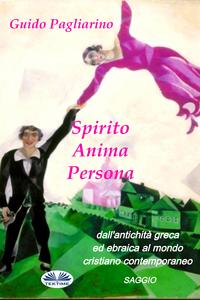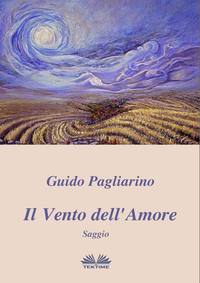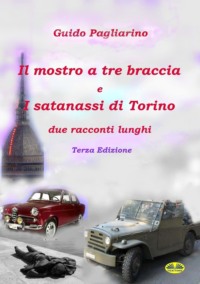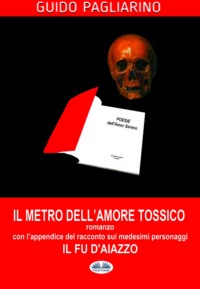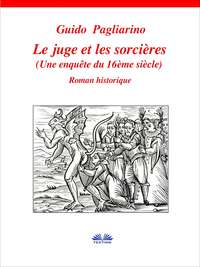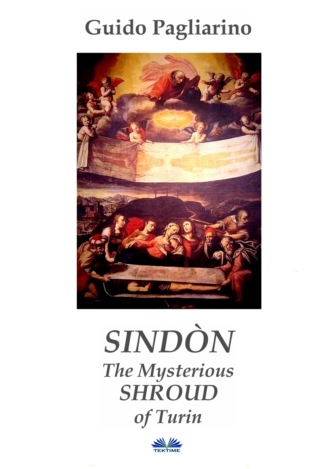
Полная версия
Sindòn The Mysterious Shroud Of Turin

Copyright © 2020 Guido Pagliarino
All rights reserved
Book published by Tektime
Tektime S.r.l.s. - Via Armando Fioretti, 17 – 05030 – Montefranco (TR)
Guido Pagliarino
SINDÒN
THE MYSTERIOUS SHROUD OF TURIN
Essay
Translation by Annibale Marsili
Guido Pagliarino
SINDÒN The mysterious Shroud of Turin
Essay
Translation from Italian to English by Annibale Marsili
Tektime Distribution
© 2020 Guido Pagliarino - All rights belong to the author
Previous editions:
First printed edition: “La misteriosa Sindone di Torino”, © 2007-2012 Boopen Editore
Second revised and enlarged printed edition and first e-book edition [only Pdf]: “Sindòn la misteriosa Sindone di Torino”, © 2013-2014 Editrice GDS. This edition is out of print from 2015, and all the rights are returned to the author
Third edition only on e-book mobi Amazon and epub Kobo, by the author, © 2015 Guido Pagliarino
Fourth edition on printed book and e-book, all formats, Tektime distribution © 2019 Guido Pagliarino
On the cover: One of the two paintings by Giovanni Battista della Rovere “il Fiammenghino” depicting Jesus wrapped into the Shroud
The general and detailed photos of the Shroud inside the book belong to the Catholic Church, therefore they belong to all of us
TABLE OF CONTENTS
Chapters and paragraphs
- AUTHOR'S INTRODUCTION
- THE MYSTERIOUS SHROUD
- A) General introduction:
- No doubt..
- Linen cloth or strips?
- History of Shroud until A.D. 1356 and the first definite historical record in the same year
- Some have attempted to create a Shroud-like image recently, but they have failed to reproduce the relic same specificities so far; who produced similar images, however, was unable to replicate all its characteristics
- Why are the thumbs not visible on the Shroud and the right foot covers the left one on the positive photographic image?
- Coins
- Aloe and myrrh
- Crurifragium
- Wounds and abrasions marks
- Wounds, injuries, bloodstains detected on the Shroud exactly match the Gospels descriptions of the Passion of Jesus Christ
- Statistics
- Forensic examination by the pathologist Professor Pierluigi Baima Bollone
- B) In detail:
- I - PHOTOGRAPHS
- II - THE RESEARCH BEGINS
- III - CARBON-14 DATING EXPERIMENTS
- The underlying principle of the radiocarbon dating (C-14)
- The first and little-known dating experiment (unofficial) on a Shroud's sample with the C-14 method
- The 1988 authorized radiocarbon dating experiments: why they did not produce acceptable results
- IV - A POTENTIAL MEDIEVAL FORGER WOULD HAVE BEEN THE ALL-TIME GREATEST GENIUS AND A MURDEROUS CRIMINAL MONSTER
- V - CHRONOLOGY (Brief hystory of the Shroud of Turin)
- PRIMARY SOURCES
- Appendix - “Amici della Reale Chiesa di San Lorenzo [Friends of the Royal Church of St. Lawrence]”: association of volunteers for the Shroud explanation during the 2000 Jubilee
AUTHOR'S INTRODUCTION
If it is true that the Cloth par excellence has led many people to embrace or rediscover Christianity, a phenomenon called “apostolate through the Shroud”1 , this book is not going to persuade that the Shroud truly wrapped Christ's body two thousand years ago or, as commonly said, that it is authentic. On the other hand, the concept of authenticity could have a different meaning in this context, because you can even believe that the relic preserved in Turin is the shroud which enveloped Jesus' body, but you can simply assume that this sheet is just a two thousand years old item. I suppose that we cannot deny that the Shroud is a very ancient relic, but I do not wish to take a position on the circumstance that it really would wrap the body of Christ. At the moment, there are much evidence to support the hypothesis that it is a very ancient relic rather than the only two against this theory, which are: a) radiocarbon dating experiments on Shroud's samples, which determined the age of the Sheet at lower medieval period (although many Christian scholars express scientific doubts regarding those tests); b) the prejudice, both from anticlerical laity and from most of the Reformed Christians. The first simply neglect the argument, and sometimes they mock it; the Protestant believers, on the contrary, condemn the veneration of the Shroud, which they consider to be a simple “icon” created by human hands: they follow the Old Testament verse “you must not to make for yourself an idol of any kind of image...”, which was historically written down for anti-idolatrous reasons2 .. In this regard, the Catholics argued that this banning existed only before the Incarnation of God in Jesus, when God made flesh and showed himself to the world as an “image”. Moreover, there are Catholics who deny the authenticity of the Shroud as the relic which wrapped the body of Jesus3 . And, on the contrary, there are Protestants who believe it is a genuine 1st century artifact, and sometimes even the real burial cloth of Jesus. In any case, it should be stressed that the Christian faith is not based on the Shroud of Turin but, historically, on the oral testimonials of the Apostles on the Christ's resurrection, collected during the 1st century in the New Testament's books4 ; the work of the Church to match, over the centuries, the new evidence with the oldest one, has allowed to pass them down to us5 . I admit that in the past I was not particularly interested in the Shroud. But in 1998 I met Dr. Giovanni Latino, who was introduced to me by a common friend, and since then I was intrigued and involved by the relic. The passion of Dr. Latino prompted me to attend conferences of experts; and, besides, the weekly meetings arranged by him and the association “Amici della Reale Chiesa di San Lorenzo [Friends of Saint Lawrence Royal Church]” in a room of Saint Lawrence Church during the two years before the 2000 Holy Year Exhibition, aimed at deepening the study and the debate on the Shroud. Later, I became a member of that organization and a volunteer for the Shroud explanation during the Exhibition6 . But my belief is always based on the New Testament's books, not on the Sheet. With that idea in mind, I'm publishing this new edition of my essay about the Shroud, by adding new details and adjustments with respect to the book released years ago and the report I promoted online on the occasion of the 2000 Holy Year Exhibition. This work examines certain topics several times, from different perspectives; and the reader should not consider those repetitions as redundant and unintended.
The essay presents:
a general introduction (although some insights are already inside, such as the medical conclusions by the pathologist Pierluigi Baima Bollone);
a section in chapters, with detailed discussion about the topics introduced in the first part (for example, the photographs of the Shroud); and finally a chronology.
T HE MYSTERIOUS SHROUD
Positive and negative image of the Turin Shroud
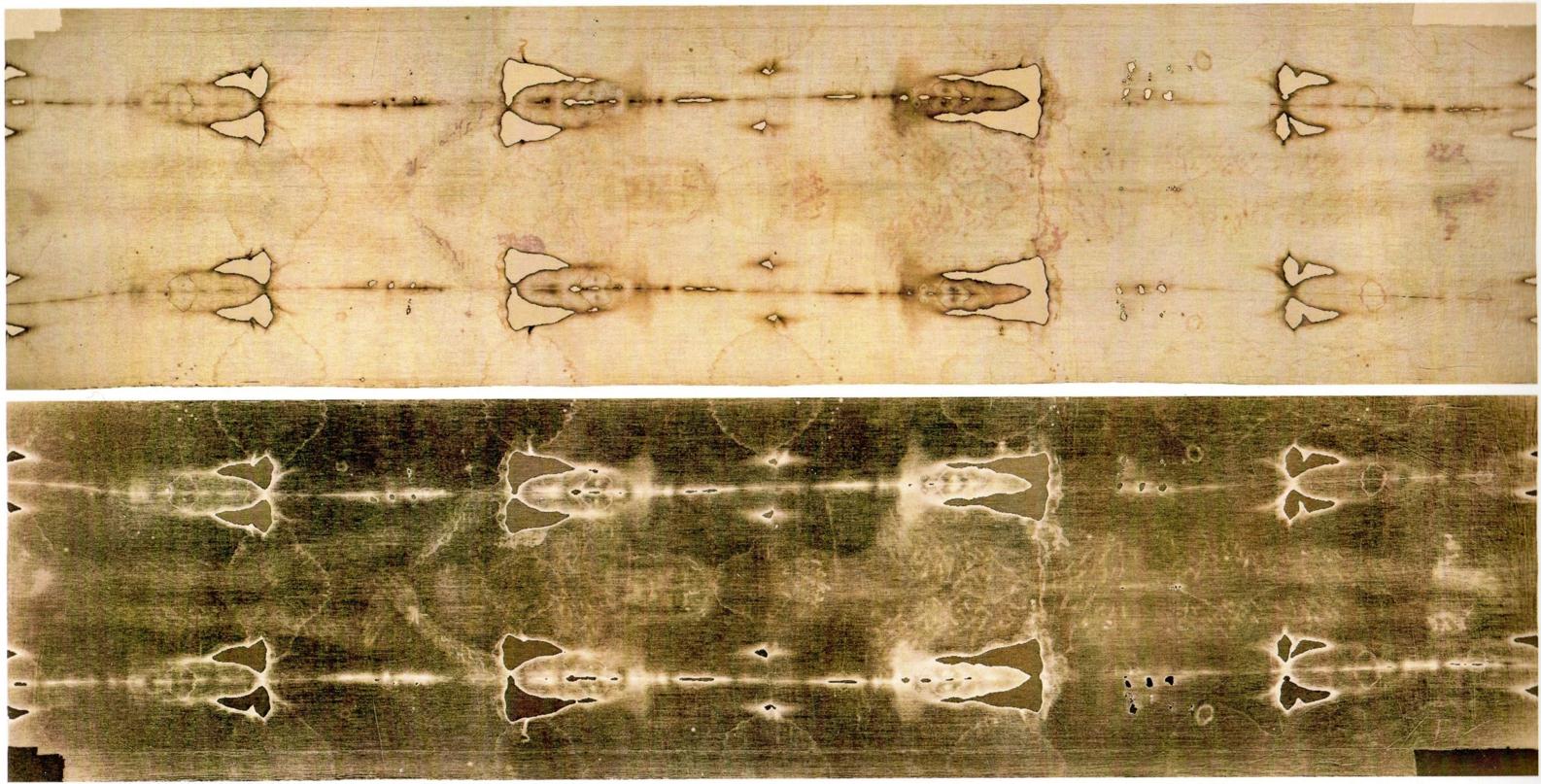
A) General introduction :
The Shroud – Holy Shroud for Catholics – is a linen cloth (sindòn = shroud, cloth) just 0.34 mm thick; the relic's weave pattern is a "herringbone", with a technique used two thousand years ago in Egypt (there are even five-thousand-year-old Egyptian artifacts) , in Palestine and in other Middle Est areas; the yarn is described as a "Z-twist" (clockwise twisting), unlike the "S-twist" process (counter-clockwise twisting) used in later times7 . They are spinning and weaving techniques no longer considered since the early Middle Ages. The Cloth is 4.41 meters long and 1.13 wide, after the 2002 conservative restoration (see Chronology, , 2002 AD)8 . The Archbishop pro tempore of Turin (namely, in office at the time) is its Custodian. The Shroud is housed in Turin since 1578, with some temporary displacements due to wars: such as when the French besieged the city in 1706, or when the Shroud was transferred to the Montevergine Abbey (near Avellino, Italy) to protect it from the bombings when Italy entered the World War II in 1939. It returned to Turin in 1946.
The Shroud of Turin, simply known as “The Shroud” all over the world, is still a mysterious cloth for the most part.
Several stains, whose origin and interpretation is only partially known, can be found on the Shroud, which is like a photographic negative for some of them and not for others.
No doubt . ..
Patches and burn marks are clearly detectable on this sheet.
After sampling and analysis by experts, microscopic pollen of plants from Middle East and Alps were found on the Shroud. Furthermore, evidence of aloe and myrrh was identified, along with aragonite (a composition of calcium carbonate, iron and strontium); the latter is a mineral present in Jerusalem, and in particular inside a tomb examined by the University of Chicago researcher Riccardo Levy-Setti who claimed that the two soil, respectively coming from the Shroud and from the Jerusalem grave, were exactly the same type.
Definitely there are AB type clotted bloodstains with trace of human male DNA on the linen cloth, according to studies by several internationally renowned pathologists, such as Pier Luigi Baima Bollone (professor emeritus of Forensic Medicine at the University of Turin).
By the way: It is curious that the same AB group blood was detected on the Sudarium of Oviedo (Spain), a 83x52 cm cloth. These are mirror-like bloodstains and, according to many, they overall would look like a human face 9 . Furthermore, it is interesting that the remains (relics) of the miracle which, according to tradition, occurred in the city of Lanciano, Italy, in the 8th century (a monk had doubted the presence of Christ in the Eucharist when, during a Mass celebration, bread and wine suddenly turned into flesh and blood) are: AB group clotted blood, the same as the Shroud; human flesh from myocardial tissue (as emerged from the analysis by the pathologist Professor Odoardo Linoli in 1970).10
Below, pictures depicting the Sudarium of Oviedo
and
the Ostensory at the Sanctuary of Lanciano with the flesh and a crystal cup containing the clotted blood :
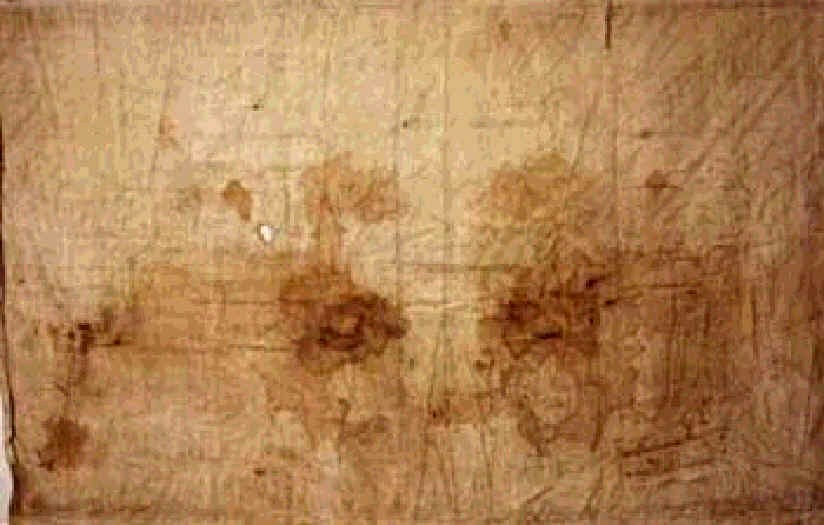
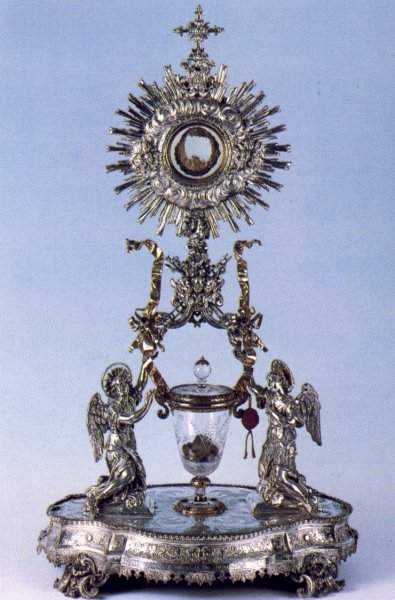
Some bloodstains on the Shroud present blood serum (typical of a postmortem blood); but others, instead, appear to have been produced by a person still alive.
The Cloth definitely suffered burns in the past. For example, the scorch marks resulting from the fire in the chapel of Chambery, Savoy, where the Sheet was safeguarded, on December 4th 1532 (see Chronology, 1532 A.D.) are clearly visible: two charred lines throughout the length of the Cloth; holes, which later were patched up by the Poor Clare nuns of a nearby convent, who also sewed a backing Holland Cloth on the back of the sheet. Those repairs and the Holland cloth were removed during the 2002 restoration of the Shroud.
Burn marks
charred line ___ hole O
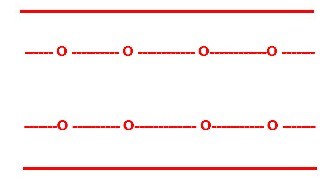
The back and front image of a human body is clearly imprinted on the linen cloth. Essentially, this figure appears as a photographic negative; but, once exposed on a photographic film, or earlier on a photographic plate, it emerged as a photographic positive. It is as the Man on the Shroud had looked himself in the mirror and his reflected image had been imprinted on it as a photographic negative: like in each negative and like in a mirrored image, the right side appears as the left one, and vice versa.
For clarity, I'm going to compare a positive and negative picture of a Byzantine painted icon with a photographic positive and negative of the Shroud Man's face:

1) Photograph of an icon (by human hands)
2): Negative of the same photograph
3)Photograph of the Shroud's Face
4) Negative of the same photograph
The lines crossing the Shroud Face's hair and beard are two folds on the sheet, probably caused by the backing cloth sewed by the Poor Clares Nuns of Chambery on its back after the 1532 fire. They appear positive in the right photo and negative in the left one, unlike the face; likewise the bloodstains, such as one very clear on the forehead, which has a

One of the two paintings by Giovanni Battista della Rovere “il Fiammenghino”, depicting Jesus wrapped in the Shroud (the other one is printed on cover page)

The cloth definitely is consistent with the type used to wrap the corpses in Palestine at the time of Christ, although it was common to bandage the body differently, like the Egyptians used to do, and as it is reported in the Gospel of John about Lazarus of Betània episode11 . When wrapped in a shroud, the body was lying on half of the burial cloth, with the feet at the end and the head to the middle of the Cloth (but sometimes placed in the inverted position); the other half then being drawn over the head to cover the body, which remained inside the cloth (as the picture above shows).
Linen cloth or strips ?
The evangelists Matthew, Mark and Luke write that Jesus was placed into a sindòn, a linen shroud; on the contrary, John uses the word linen cloths instead of shroud, “bende” according to the Italian translation. Consequently, many people think and claim that the Shroud of Turin actually is a forgery. Let's try to solve this "mystery" concerning the strips through the reading of the related Gospels' verses: I have already given you a clue.
An ancient sepulcher in Nazareth (known as the “Tomb of the Just”) resembling the tomb of Jesus, with a rolling stone used to seal the entrance
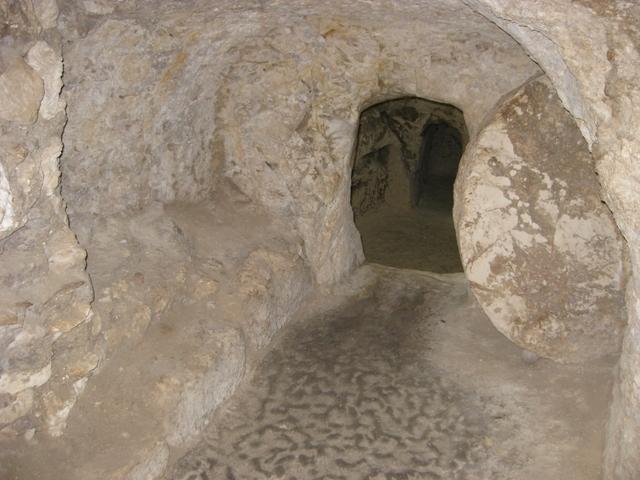
"When it was evening, there came a rich man from Arimathea, named Joseph, who also was a disciple of Jesus. He went to Pilate and asked for the body of Jesus . Then Pilate ordered it to be given to him. And Joseph took the body and wrapped it in a clean linen shroud and laid it in his own new tomb, which he had cut in the rock. And he rolled a great stone to the entrance of the tomb and went away" (Matthew, 27, 57 - 60).
"And when evening had come, since it was the day of Preparation, that is, the day before the Sabbath, Joseph of Arimathea, a respected member of the Council, who was also himself looking for the Kingdom of God, took courage and went to Pilate and asked for the body of Jesus. Pilate was surprised to hear that he was already dead, and summoning the centurion, he asked him whether he was already dead. When he learned from the centurion that it was dead, he granted the corpse to Joseph. And Joseph bought a linen shroud, and taking him down, wrapped him in the linen shroud and laid him in a tomb that had been cut out of the rock. And he rolled a stone against the entrance of the tomb " (Mark 15, 42 - 46).
"Now there was a man named Joseph, from the Jewish town of Arimathea. He was a member of the Council, a good and righteous man,, who had not consented to their decision and action; and he was looking for the Kingdom of God. This man went to Pilate and asked for the body of Jesus. Then he took it down and wrapped it in a linen shroud, and laid him in a tomb cut in a stone, where no one had yet been laid. It was the day of Preparation, and the Sabbath was beginning” (Luke, 23, 50 - 54).
“After these things, Joseph of Arimathea, who was a disciple of Jesus, but secretly for fear of the Jews, asked Pilate that he might take away the body of Jesus, and Pilate gave him permission. So he came and took away his body. Nicodemus also, who earlier had come to Jesus by night, came bringing a mixture of myrrh and aloes, about seventy-five pounds in weight. So they took the body of Jesus and bound it in linen cloths12 with the spices, as in the burial custom of the Jews. Now in the place where he was crucified, there was a garden, and in the garden a new tomb in which no one had yet been laid. So because of the Jewish day of Preparation, since the tomb was close at hand, they laid Jesus there (John, 19, 38 - 42).
John also writes about the discovery, on Sunday morning after the Friday of crucifixion, of the burial cloths of Jesus in the empty tomb where Christ had been before his resurrection13 :
"Now on the first day of the week Mary Magdalene came to the tomb early, while it was still dark, and saw that the stone had been taken away from the tomb. So she ran and went to Simon Peter and the other disciple, the one whom Jesus loved 14 , and said to them, 'They have taken the Lord out of the tomb, and we do not know where they have have laid him!'. So, Peter went out with the other disciple, and they were going toward the tomb. Both of them were running together, but the other disciple outran Peter and reached the tomb first. And stoping to look in, he saw the linen cloths lying there, but he did not go in. Then, Simon Peter came, following him and went into the tomb. He saw the linen cloths lying there, and the face cloth, which had been on Jesus' head, not lying with the linen cloths but folded up in a place by itself. Then the other disciple, who had reached the tomb first, also went in, and he saw and believed;
for as yet they did not understand the Scripture, that he must rise from the dead" (John, 20, 1 - 9).15
So strips, or bandages (as in the 1974 Italian version)?! Not shroud?
Well, I told you I had left a clue; more precisely, I had talked about translation. According to the original Greek translation, the two apostles, in addition to the "soudarion", identified as the burial handkerchief placed on the head16 , found othònia (plural), namely generic linen cloths, therefore not strips (bende) as from the 1974 Italian translation17 , which is not literal. Since othònia means generic linen cloths, and is a word in the plural, it may refer to a sheet together with a handkerchief-shroud and strips18 ; but definitely it does not mean only strips or bandages. It should be noted that Luke, Mark and Matthew do not describe the fabric of the Shroud of Jesus; only John, the last evangelist to write a Gospel between A.D. 80 and 100, fills the gap:
Here the 2008 Italian translation by CEI (Conferenza Episcopale Italiana),in Italian language, with the difference between 2008 and 1974 versions of John: 20, 1-9.
Il primo giorno della settimana, Maria di Màgdala si recò al sepolcro di mattino, quando era ancora buio, e vide che la pietra era stata tolta dal sepolcro. Corse allora e andò da Simon Pietro dall'altro discepolo, quello che Gesù amava, e disse loro:”Hanno portato via il Signore dal sepolcro e non sappiamo dove l'hanno posto!”. Pietro allora uscì insieme all'altro discepolo e si recarono al sepolcro. Correvano insieme tutti e due, ma l'altro discepolo corse più veloce di Pietro e giunse per primo al sepolcro. Si chinò, vide i teli (linen cloths) (in the 1974 translation by CEI “bende”, that is “bandages”) posati là, ma non entrò. Giunse intanto anche Simon Pietro, che lo seguiva, ed entrò nel sepolcro e osservò i teli posati là, e il sudario -che era stato sul suo capo- non posato là con I teli, ma avvolto in un luogo a parte. Allora entrò anche l'altro discepolo, che era giunto per primo al sepolcro, e vide e credette. Infatti non avevano ancora compreso la Scrittura, che cioè egli doveva risorgere dai morti.
When John intends to refer expressly to a term similar to strips, such as when he narrates the raising of Lazarus (John, 11, 44) he uses the Greek word keirìai instead of othònia.
History of the Shroud until A.D. 1356 and the first definite historical record in the same year
The history of the Shroud was recorded year by year from A.D. 1356 onward (see Chronology). For the previous centuries, we have only traditions passed down, theory and few written papers.
In A.D. 340, Cyril of Jerusalem described the Sepulcher's red rock with white veins and the Shroud - he did not mention the word bandages - which wrapped Jesus according to the evangelists, as “witnesses of Resurrection”; but he did not tell us he saw directly that cloth, thus we cannot connect it to the Shroud of Turin. In A.D. 570, hence about two hundred years later, a man called Antonino da Piacenza claimed, on a pilgrimage to Jerusalem, that the “sudarium” which wrapped Jesus' head was kept in a monastery near the river Jordan: however, the pilgrim meant a handkerchief, not an imprinted image, thus we can rule out that it was the Cloth of Turin, and even a generic shroud. Moreover, many alleged relics freely went around during those centuries, such as the nails of Christ, the wood of the Cross, the spear of Longinus which would have pierced Jesus' side, various towels containing Mary's tears, and other sacred remains19 .
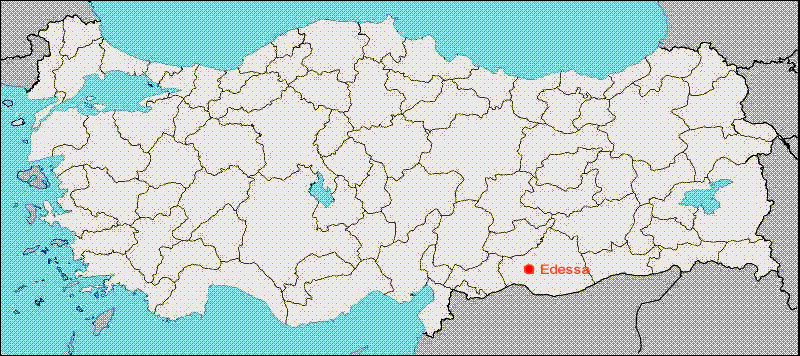
A mandylion, a cloth with the face of Jesus, was exhibited in Edessa, today Şanliurfa (Urfa) in south-eastern Turkey, in A.D. 544. It has been speculated that it was the Shroud folded in overlapping layers in order to show only the Face, or little more. Is it the Shroud of Turin? In certain images representing the mandylion (Spas Neredica near to Novgorod in Russia, Gradac in Serbia, Laon Aisne in France), it appears as a rectangular lozenge reliquary with a bearded and long hair face in the middle. In 1984, the sindonologist J. P. Jackson detected some uninterrupted marks throughout the Cloth of Turin, corresponding to a folding into eight rectangular parts measuring 110 x 55 cm each: with the Shroud folded in that way, its Face would have appeared on the top, roughly in the middle of the frame, with the torso and a small part of the chest under it20 . It is perfectly plausible that for decency reasons, because of the scandal to show the naked and tortured body of Christ according to the mentality of that times, in Edessa decided to exhibit only the Face of the relic, assuming it was the Shroud. On the other hand, for the same reason the paintings and mosaics did not depict Jesus without clothes at that time, and there were no images of Jesus crucified, or at least wearing a loincloth: they will be produced centuries later.


